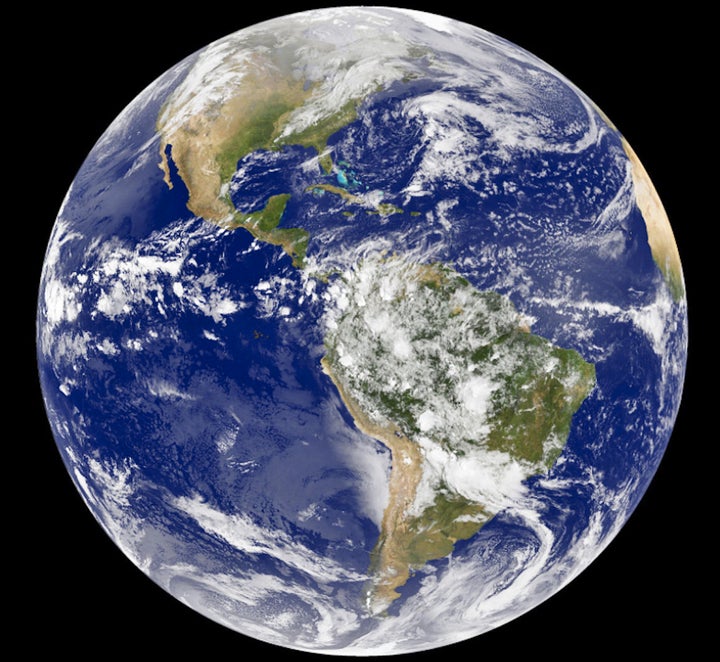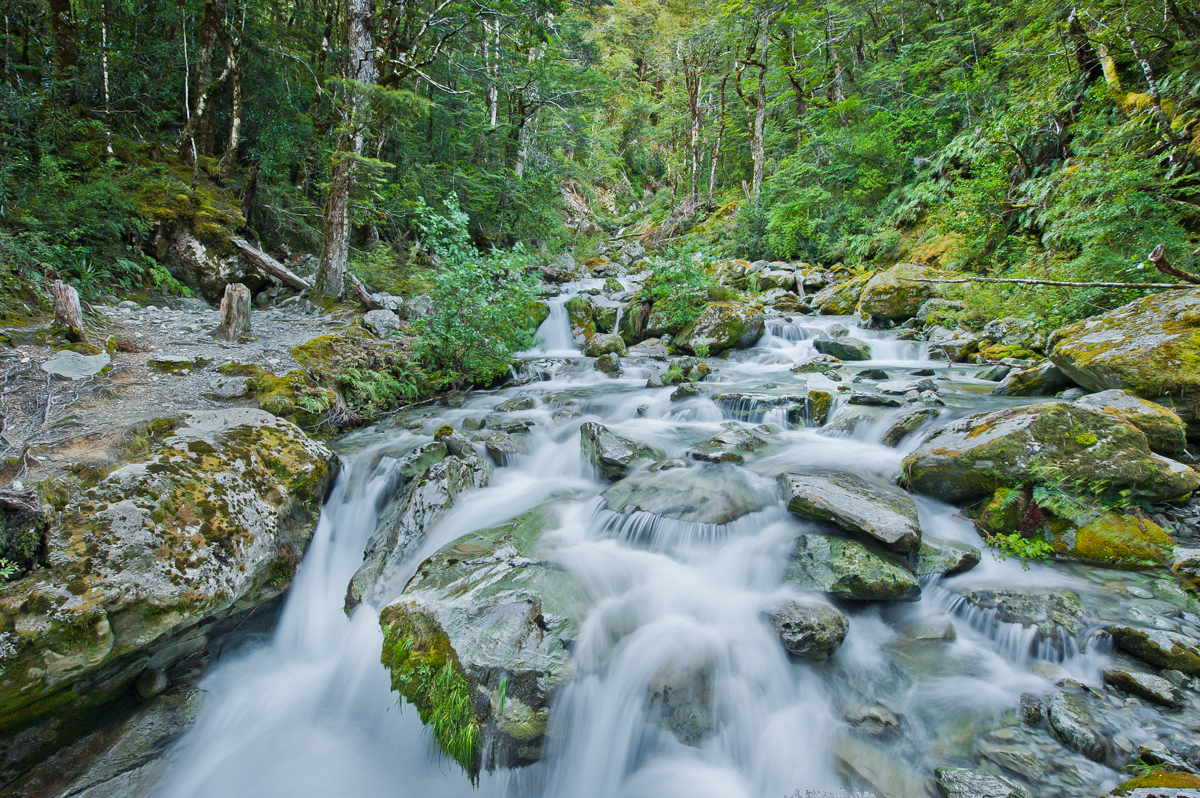This nickname is because most of the Earth is covered by water. Water covers more then 70 percent of the planet. Even though there is so much water, only a small percentage is available for human usage. This is because majority of that 70 percent of land that is covered by water, is covered by saltwater. Humans are unable to consume saltwater, we are only able to consume freshwater. The little percent of water that is freshwater is still contaminated, so humans are unable to drink most of the freshwater as well. We are only able to safely consume freshwater that has been purified. This means all foreign objects are out of the water, no parasites, or disease runs in this purified water. The reason most of the freshwater is contaminated is due to the run off that us humans produce. We use fertilizers on our grass and crops and rain and wind push these downhill into rivers, lakes, ponds, and streams. Once the fertilizers are in these waters, they are too harsh for our humans bodies to handle. So to make sure we are able to produce and reuse water, we have water treatment plants. These plants clean old water we use and recycle it into sprinkler water that we can use to water our yards, and crops.
https://img.huffingtonpost.com/asset/58efcf252600003600c45964.jpeg?ops=scalefit_720_noupscale
"There is a mismatch between where water is located, and where people live, a problem that is especially serious in developing countries" (Robertson, 95).
This is a problem because first world countries such as the United States, has a large overabundance of drinkable and usable freshwater for its citizens. Other countries still developing, such as the ones in Africa, have a very limited supply of drinkable and usable freshwater. The people living in these developing countries have to travel a very long way in order to obtain this water. Having to travel so far to get this water, they can only carry so much with them on their long trip, making it very scarce for those in the village they bring it for. This is the same in many other developing countries, where water is hard to come by and they are forced to ration something that is essential for survival. When settlers first arrived to new countries, they would set up their colonies based off of the available water. They would make sure that they have a large enough supply that will last for everyone in the colony and grow what crops they could depending on what the land offered them. But this is very difficult in developing countries. They have limited money, and few laws, so it is basically a free for all for whatever they can find.
https://steemit-production-imageproxy-upload.s3.amazonaws.com/DQmVPJNRk6qmcVZWJk62PLsqZ4WnD8V8pAev9b55mDTKABw
"There are no other Everglades in the world" (Douglas, 104).
The Everglades are a large, beautiful piece of land that is covered by sawgrass and swamp. It is a harsh land that thrives off of the massive amount of rainfall it receives every year. It is a wetland that is home to several birds, Florida panthers, alligators, and many insects. These animals are adapted to live in these harsh environments, but the Everglades would not be thriving if it were not for Lake Okeechobee. Lake Okeechobee is a large lake that flows into the Everglades and provides it with water for the wetlands. This swampy habitat shows just how important water is to an ecosystem. Without the Everglades being so wet, these animals for the most part would not have a home there. They have adapted to thrive off of this harsh land, and need these wet lands in order to survive.
https://photos.smugmug.com/Portfolio/Full/i-Nm8ZmMD/2/2bbe629b/X2/BradentonNealPreservePondPath2-X2.jpg
Sources:
Robertson, M. (2017). Sustainability principles and practice. London: Routledge, Taylor & Francis Group.
Douglas, S. (2011). University Colloquium: A Sustainable Future. Acton, MA: XanEdu Publishing, Inc.


